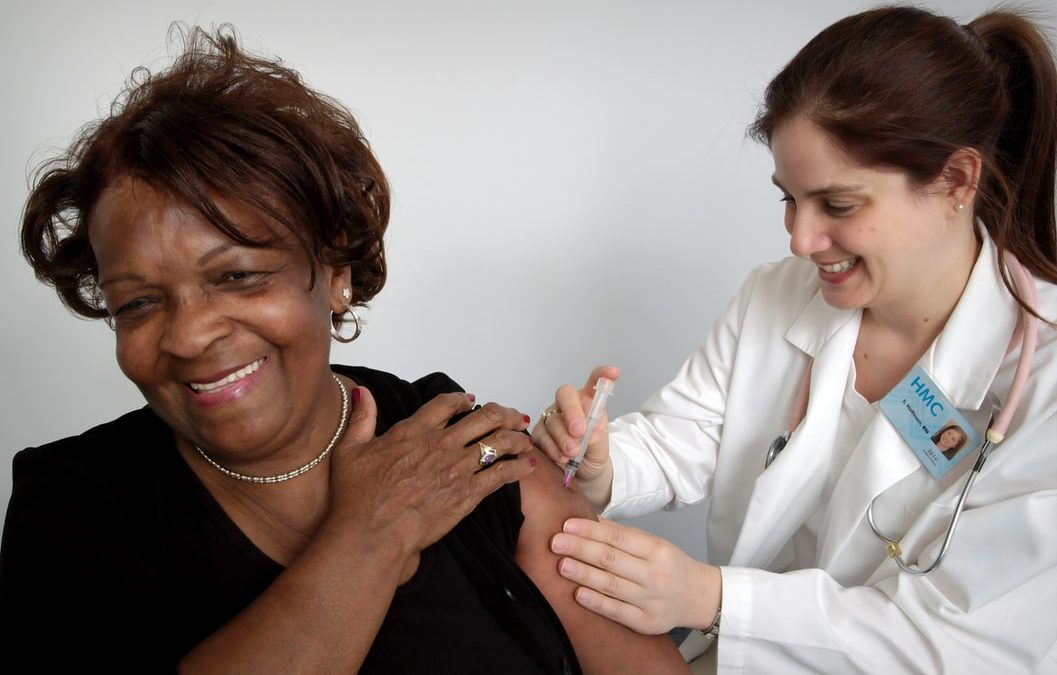What is the Link Between NAD+ and Your Cells’ Innate Immune Response?
Just like our planet is mustering up the resources to fight the ongoing COVID-19 (Coronavirus) pandemic, so too do our cells need energy to support cellular repair. NAD+ may hold the key to supporting cellular resilience in the face of immune stress, like viral infections. Newly published preclinical research from ChromaDex Chief Scientific Advisor Dr. Charles Brenner and his fellow investigators deepens our understanding of this important molecule.
From Energy to Immunity
Maintaining your health in the face of a virus like COVID-19 is hard work on your cells which require the energy to help repair the damage caused by free radicals (Filomeni 2015). NAD+ is essential to every step of this process, powering repair enzymes called sirtuins and PARPs (Fehr 2020a; Vachharajani 2016; Mesquita 2016).
Subduing a Virus
Like many viruses, COVID-19 first invades your cells long before you see any symptoms. In order to replicate and spread, it needs to hijack your cellular machinery to make millions of copies of itself.
Your cells try to foil this plan with NAD-dependent enzymes like PARPs, but COVID has evolved its own countermeasure, an enzyme called poly-ADP ribose glycohydrolase (PARG), to disable the immune response (Alhammad 2020)…
The Mentor Who Made Dr. Anthony Fauci
He met the right person at the right time in his career—and Dr. Sheldon Wolff changed Dr. Fauci’s life.
The first meeting of the nation’s top infectious disease expert and the man who would change his life was a job interview at the National Institutes of Health that ended with a curious question: “Do you like crabs?”
“I love crabs!” Anthony Fauci said.
A Richmond doctor’s dramatic story of COVID-19 infection, hospitalization and survival
Dr. Jeff Brown’s organs were on the brink of failure. The local vascular surgeon had tested positive for COVID-19, and after three days in the hospital his health was only getting worse. The oxygen level in his blood was low, a condition known as hypoxemia, and respiratory failure was a serious concern.
After the lungs go, oxygen can’t be delivered to the rest of the body. Tissues will die and other will organs follow, like one domino knocking over another.
But thanks to some quick thinking by his doctor and a yet-to-be-approved treatment that is showing potential to stave off the most detrimental effects of the coronavirus, Brown made a swift and dramatic turnaround.
“Within two hours, I felt like a new person,” said Brown, 57.


Recent Comments